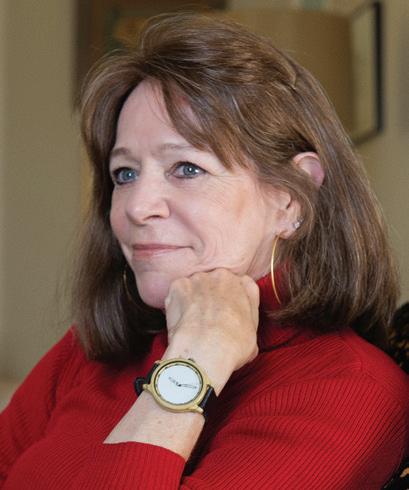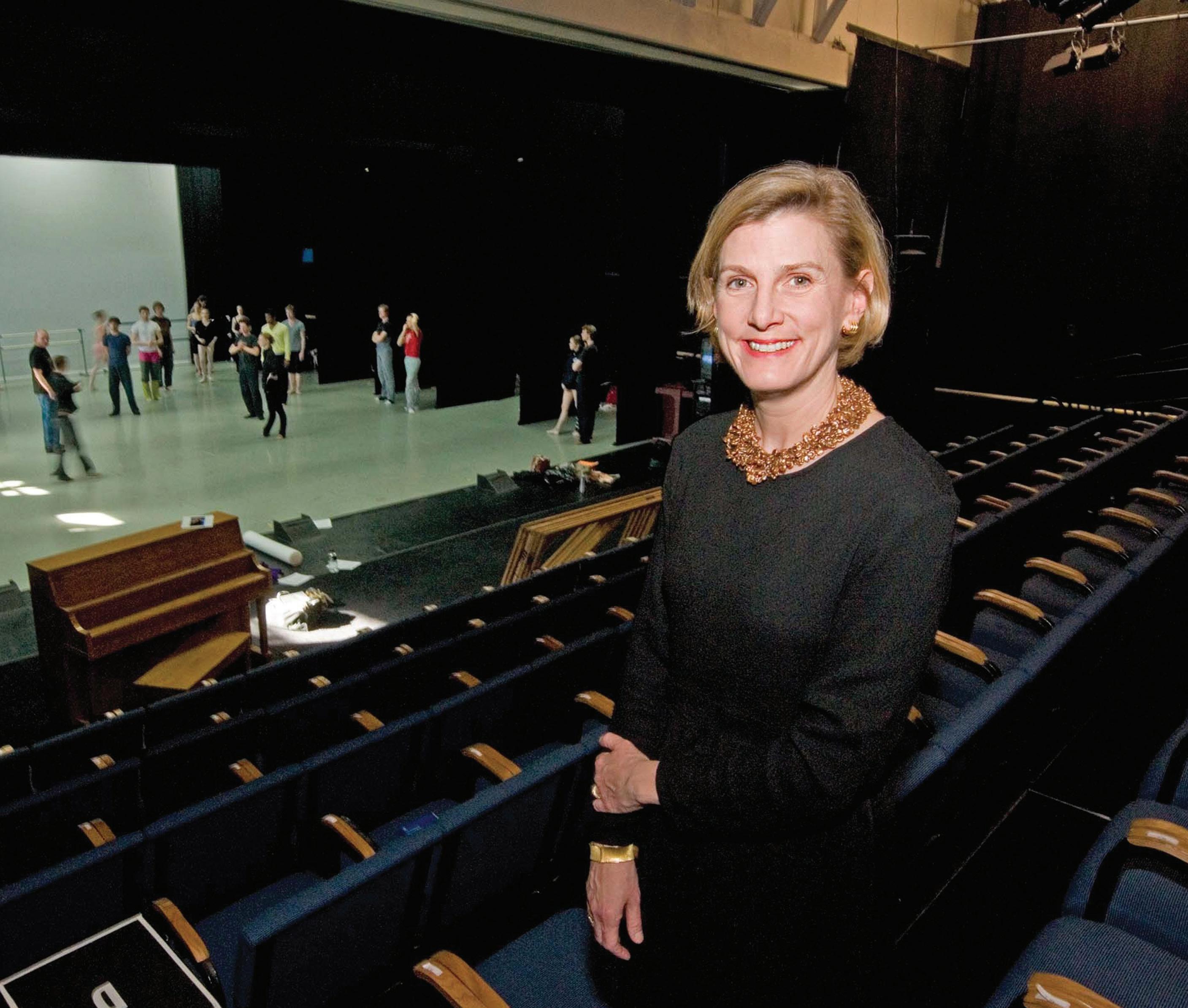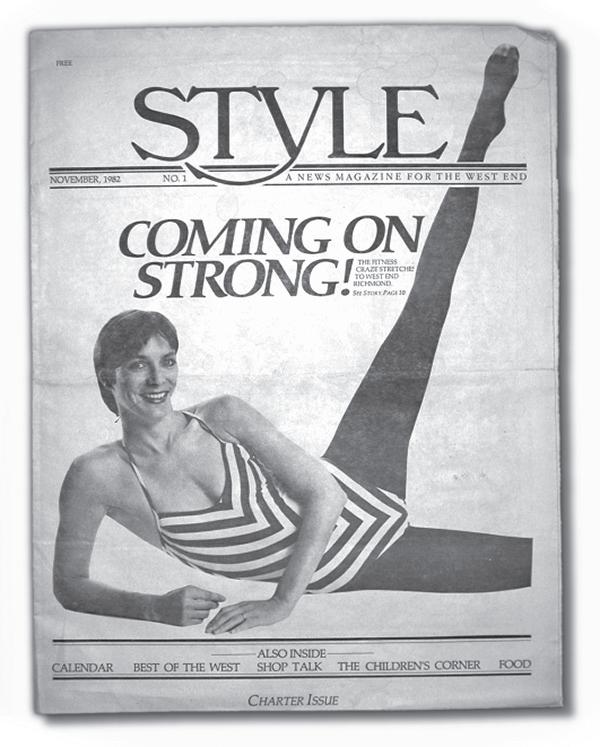
3 minute read
1980s
Lorna Wyckoff
FOUNDER, 1981-1994
Launched Style as a monthly in 1982; it went weekly 1984.
Style Weekly: How do you think Richmond has most changed over the past 40 years and where do you see it going?
Stoner Winslett: It’s a completely different town. When we moved to 407 East Canal in 2000, there was literally no one living downtown. At our first location on Lombardy and Broad, we could find apartments for visiting artists to rent or for our dancers to live but when we moved, there was literally nowhere for them.
Look at it now! There are all sorts of people living downtown and I like to think we had something to do with that. We took an abandoned research and development building and filled it with staff and students. Our educational programs brought 800-1,000 students downtown a week. And some parents or dancers started to look around and think maybe they could live down here. All of the restaurants that popped up along Grace Street, I think that’s largely a byproduct of the arts district. All honor should go to the board of trustees at places like the Richmond Ballet and the Carpenter Center for being forward looking.
I recruit internationally and I tell people, and mean it sincerely, that Richmond is so uniquely located. We’re less than two hours from the beach, less than two hours from the mountains, and less than two hours from Washington, DC. You can live in Richmond and easily get anywhere you would want to go. How many cities can say that? If we can keep working together, particularly continuing to partner with our surrounding counties to better the entire Richmond region, the possibilities are limitless.
On the occasion of our 40th anniversary, any thoughts on Style Weekly and its place in Richmond culture?
You know, that’s so interesting to think about because I was here when Style started. I had started out as an assistant artistic director. Even back then, it was clear that Lorna was such a visionary to see that Richmond needed some kind of alternative to the daily paper. And she had a good strategy to highlight the people in the community. Back in the day, being on a Style Weekly cover was a big thing. I remember when my picture was on the cover.
From the beginning, Style’s support of the arts community and its coverage of performances and events has been invaluable. I’m very glad that you all are keeping it going. What you’re doing has been a gift to the arts community and we thank you.
There was nothing here in Richmond in 1981. Just a dearth. The most popular section in The [Richmond] News Leader was Charlotte Massey’s World of Women. I had come from Washington, DC where feminism was breaking glass ceilings. Women were finally getting a shot, it was an exciting time.

So I fiddled around for a few months with a little baby, then I realized, I know what we need! We need a newspaper. From the beginning, we felt the city needed another point of view. I was doing this entirely with my own money, and putting it together from my kitchen table for about three months. I walked up and down Grove Avenue with a baby in a backpack selling ads. There was no ambition to go up against the daily newspaper. I just wanted to do this small little West End thing.
Our first cover story was on the fast growing fitness craze, this must’ve been when the Jane Fonda thing was taking off.
We thought the calendar section was really important. One of the reasons I think Style worked is that [it was] monthly for two years while we figured things out. But the formula was: A major lead story, or cover story, which would evolve by ‘84 or ‘85 to more in-depth profiles, rather then just news stories.

The papers here were very gray, there wasn’t much art. We wanted to make the ads the art and the articles easy to read. I approached things more as a designer …
It became obvious that we were successful and I didn’t have the money to grow it. I was young and I didn’t know how to finance anything. Barton Morris, the publisher of The Roanoke Times, gave me a call and wanted to have lunch. We got along really well, and he says, “We’d like to buy you.” And I said, “I don’t know if I want to sell.” He was representing Landmark, and he said, “Well, you can sell to us or not, but we’re coming to town anyway.” They, Landmark, had a rivalry with Media General.
So they courted me. It gave me background and legitimacy. I wanted to know how newspapers worked, and I had never been in a newsroom like [theirs]. They told me all the great things they could get for me. So I sold [Style] two years after starting it, in order to go weekly. They knew that this was going to be the next thing, and they wanted to experiment with the culture and entertainment focus …
For the first five or six years, we never saw them, they just wrote checks and we managed everything. They were busy doing daily newspapers. Laura Cameron was our first full-time managing editor. I moved us to Harrison and Franklin in the heart of VCU with the










